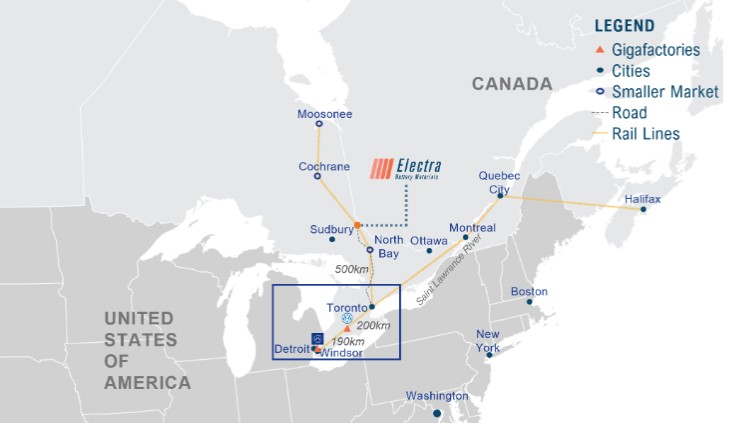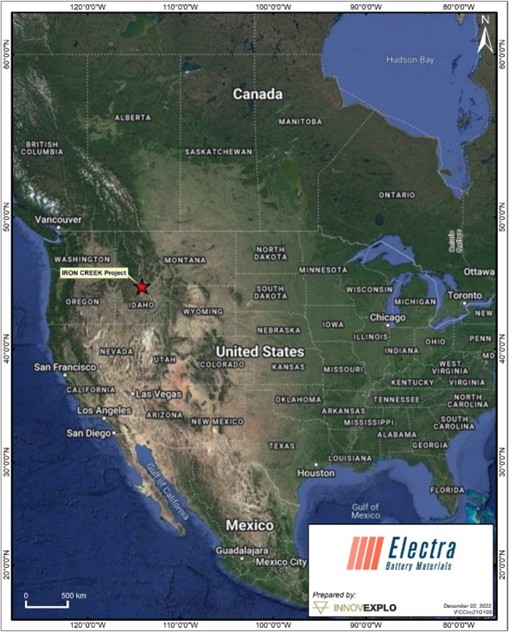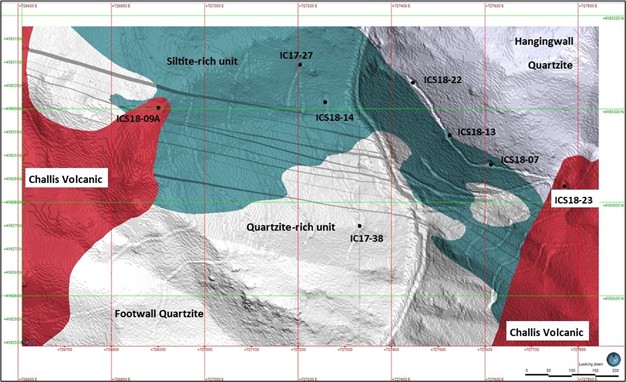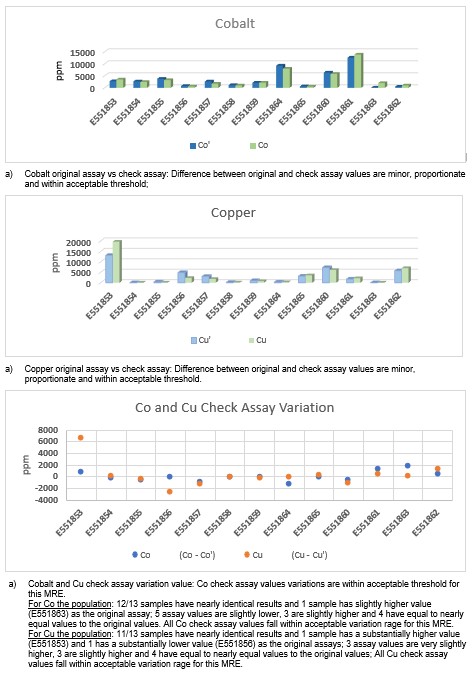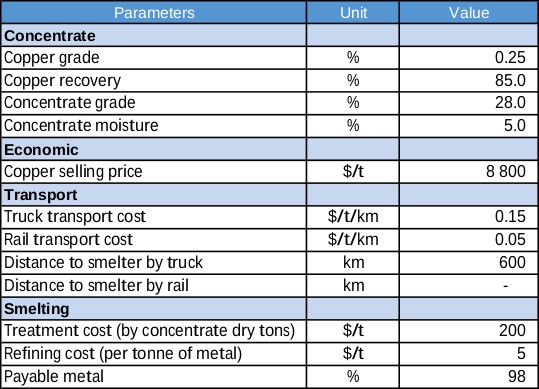
The Cobalt Camp
As further discussed under “General Development of the Business – 2021 Developments” above, on March 1, 2021, the Company announced that it completed its transaction with Kuya to sell a portion of its silver and cobalt mineral exploration assets from its Cobalt Camp and form a joint venture to advance the remaining mineral assets comprising the Cobalt Camp. The Cobalt Camp is approximately a five-hour drive from Toronto, Ontario. On December 31, 2022 the Company signed an option agreement to sell the Company’s interest in the Joint Venture created with Kuya related to the Cobalt Camp mineral assets. Kuya completed the acquisition under the option on January 31, 2023 completing the sale of the mineral assets. Kuya also entered into a royalty agreement with Electra whereby it granted Electra a two percent royalty on net smelter returns from commercial production derived from the remaining assets. Electra retains a right of first offer to refine any base metal concentrates produced from the assets at the Refinery. The Cobalt Camp is not material property for the purpose of this Annual Report.
Specialized Skills and Knowledge
Successful exploration, development and operation of the Company’s cobalt projects will require access to personnel in a wide variety of disciplines, including engineers, geologists, geophysicists, drillers, managers, project managers, accounting, financial and administrative staff, and others. Since the project locations are also in jurisdictions familiar with and friendly to advanced manufacturing and resource extraction, management believes that the Company’s access to the skills and experience needed for success is sufficient.
Competitive Conditions
The Company’s activities are directed towards the potential recommissioning and expansion of the Refinery and the exploration, evaluation, and development of mineral deposits. There is no certainty that the expenditures to be made by the Company will result in the recommissioning and expansion of the Refinery or discoveries of commercial quantities of mineral deposits. There is aggressive competition within the mining industry for the discovery and acquisition of properties considered to have commercial potential. The Company will compete with other interests, many of which have greater financial resources than it will have, for the opportunity to participate in promising projects. Significant capital investment is required to achieve commercial production from successful exploration efforts, and the Company may not be able to successfully raise funds required for any such capital investment. See “Risk Factors – The Company operates in a competitive market” above.
29
